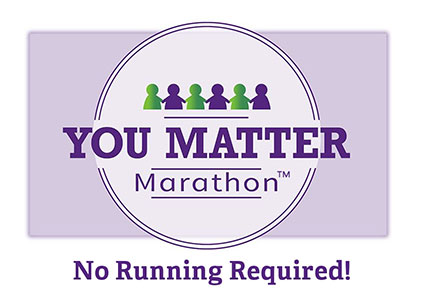 Please enjoy this post from guest blogger and leadership expert, Mary Zenzen, President and Founder, Better World Organizations, LLC.
Please enjoy this post from guest blogger and leadership expert, Mary Zenzen, President and Founder, Better World Organizations, LLC.
To change our world for the better, we need to change our minds… that is, our individual, group, and organizational mindsets.
Why? Because out of mindsets spring every thought, every attitude, every belief, and every behavior. This is why incremental change does not transform individuals, families, schools, workplaces, communities, or nations. Rather, if we want sweeping positive change in our world, we will examine what is at the root of all of our thinking and behaviors… our mindset.
For example, some people see the world through a lens of gratitude. This is their mindset. They take the time to notice the good things going on around them, and they notice the people at the source of these good things. They don’t take things or people for granted; instead, they appreciate them and take time to express their gratitude in various ways. Because they regularly make a habit of making positive observations, their positive view of the world and others expands. They are happier, healthier, and more resilient. They don’t ignore negative information; rather, they put it perspective with the much larger number of positive events they took the time to notice and respond to.
Organizations can also choose to see the world and the people in it through the lens of gratitude and embed intentional practices to cultivate a deeper sense of gratitude within families, schools, workplaces, and communities. A positive organizational climate emerges where people feel alive, focused, creative, and cooperative. There is a boost in work performance, active engagement, and commitment. Because people feel safe, happy, and valued, their though-action repertoire also expands, according to leading positive emotion researcher Dr. Barbara Fredrickson. This means that they open up, broaden their awareness, and see the many, many positive possibilities around them, instead of narrowly seeing only one solution or way of being.
Just as there is a mindset of gratitude, there is also a mindset of ingratitude. Think of the devastating consequences of individual and collective mindsets that don’t place value and worth on people and things. Think of what happens when people can’t make the connection between the good things in their lives and the source of those good things. How will people with a mindset of ingratitude treat people and things?
The key to unlocking the power of gratitude is assigning value and worth to every individual and being mindful to communicate that value and worth in every interaction. When people see each other as valuable, the quality of communication improves on every level as a culture of ‘high quality connections’ emerges, according to positive organizations researcher Dr. Jane Dutton. Both individuals and organizations begin to ‘bank’ upward spirals of positive emotion as total human capacity begins to grow. As Fredrickson teaches, we can generate positive emotion at any time through intentional practices. Allowing gratitude to drive every interaction is a change in mindset. Putting all thoughts and behaviors through a gratitude ‘test’ is also a change in mindset that will transform individuals, groups, and organizations for the better.
Mary can be reached at [email protected].
The You Matter Marathon is a simple yet powerful way to let your employees know they matter. Sign-up today!
